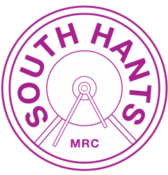A 2022 retrospective: these are the layouts that appeared at our exhibition on 19th November 2022
Dentdale (2mm/ft, N Gauge)
Bob Taylor
The 72 mile route from Settle to Carlisle takes you on a journey through the magnificent Yorkshire Dales, over the 24 arches of the Ribblehead Viaduct before plunging in to the longest tunnel on the line at Blea Moor emerging onto the side of Dentdale, the line leaves the Dales at Garsdale and makes it way through the gentle, lush rolling hills of the Eden Valley, with rural villages and market towns before arriving at the great border city of Carlisle.
Dentdale was inspired by the high altitude moorland sections of the Settle Carlisle Railway. The layout runs from the north entrance of the Blea Moor Tunnel, crosses the Dent Head and Arten Gill viaducts and ends at Dent Station.
As the Settle & Carlisle line has changed relatively little over the years and still boasts semaphore signalling and buildings painted in authentic Midland colours, this allows us to represent any period from the 1950’s to the present day. At a two day show we run sixties stock on the first day and modern on the second day.
Elcot Road (4mm/ft P4 Gauge)
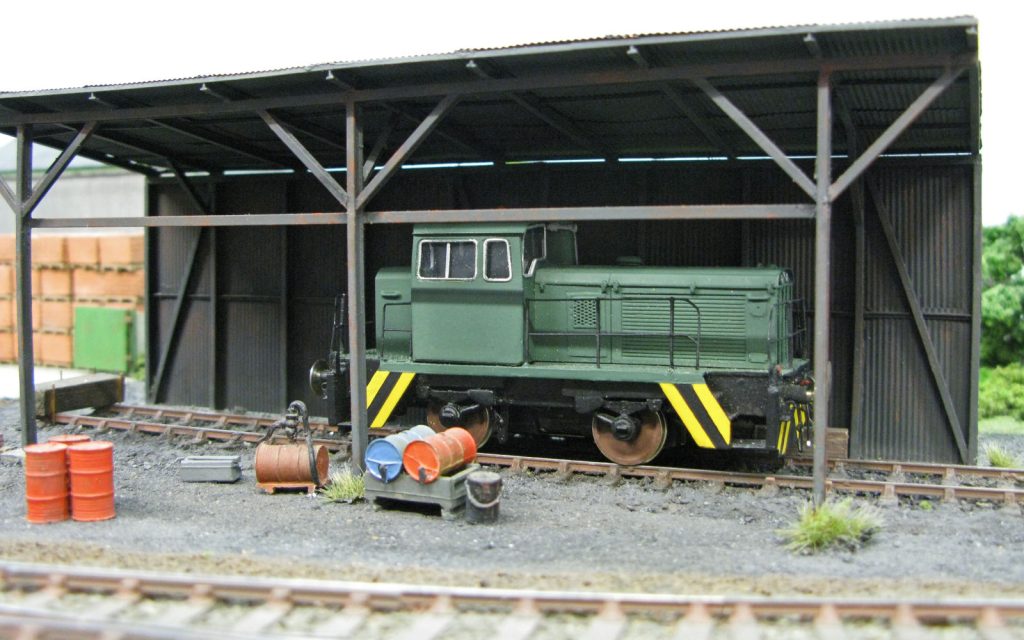
Simon Bendall
Photograph: Simon Bendall
Elcot Road is a slice of South London suburbia somewhere around the Croydon area. Set during the formative years of Network SouthEast, 1988 to be precise, and featuring third rail electrification, the layout is entirely fictitious but draws heavily on several real locations in order to create a believable scenario. These include the 1864-opened South Eastern Railway line between New Beckenham and Croydon, which terminated at Addiscombe, along with the nearby Woodside & South Croydon Joint Railway, this opening in 1885 as a shared venture between the SER and the London Brighton & South Coast Railway.
Great Bardfield (4mm/ft, P4 gauge)
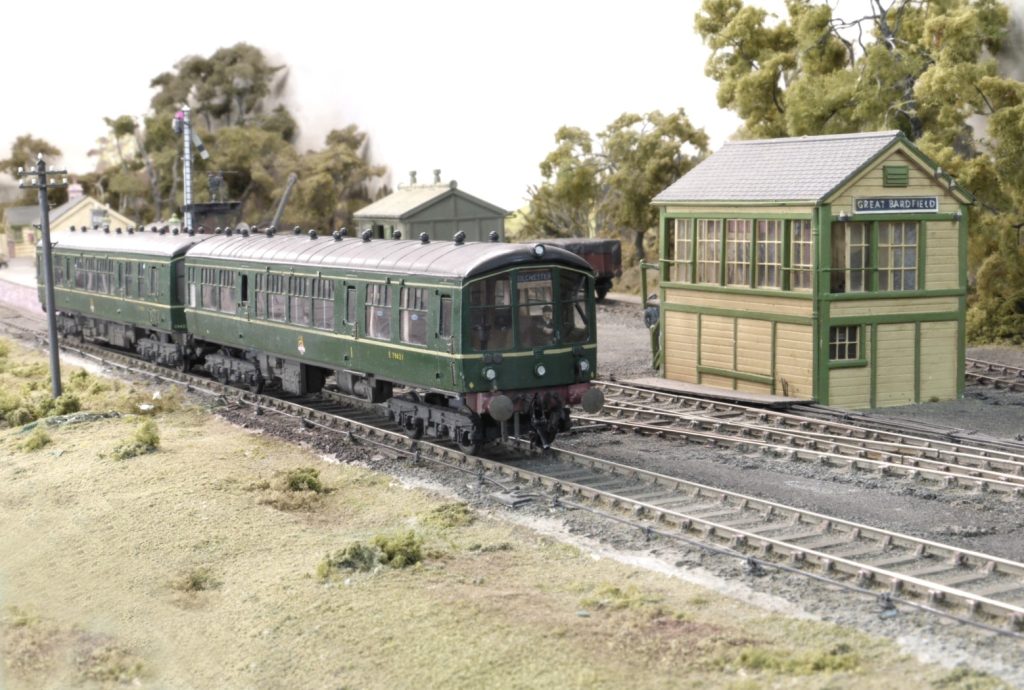
David Hawkins
Photograph: David Hawkins
Like most areas of the country, Essex had its fair share of proposed lines which never came to fruition. Great Bardfield is a “might have been” station on a fictitious extension to the Colne Valley and Halstead Railway. The line connected Great Yeldham on the CV & H to Ongar on the Great Eastern Railway, thus providing a direct, if slow, link to London.
The model portrays rural Essex in the mid to late1950s. Like many stations in the area, the village it claims to serve is a good mile away. Decline and ultimate closure was inevitable once roads were improved enough to support local buses and freight hauliers. The line had a brief resurgence during the war but the Great Bardfield to Great Yeldham section was closed to passenger traffic shortly after. Goods traffic continued on this section until closure and also served RAF Wethersfield which, for a period after the war, was used as a bomb and ammunition dump. Complete closure came in 1962, before even Dr Beeching could do his worst.
Please feel free to talk to the operators, but please bring your own Tizer, acid drop Spangles and Kodak Brownie 127 and join us at the end of the platform to watch a bit of shunting.
Harlyn Pier (7mm/ft, 0 gauge)
Peter Beckley
The layout, which is constructed at a scale of 7mm to 1ft to finescale ‘O’ Gauge standards, depicts the terminus of an imaginary (ex LSWR) branch line on the north coast of Cornwall not far from Padstow in the BR period circa 1960.
The station is set on a quayside that connects to a ferry service from the adjacent dock, similar to the arrangement at Lymington Pier, which was the inspiration for the layout. The signals and level crossing gates are all operational and interlocked with the points, which hopefully avoids wrongly signalled movements. This however is not guaranteed!
Please feel free to ask any questions you may have. All the operators are only too pleased to be interrupted and have a chat.
Rossiter Rise (4mm/ft, 00 gauge)
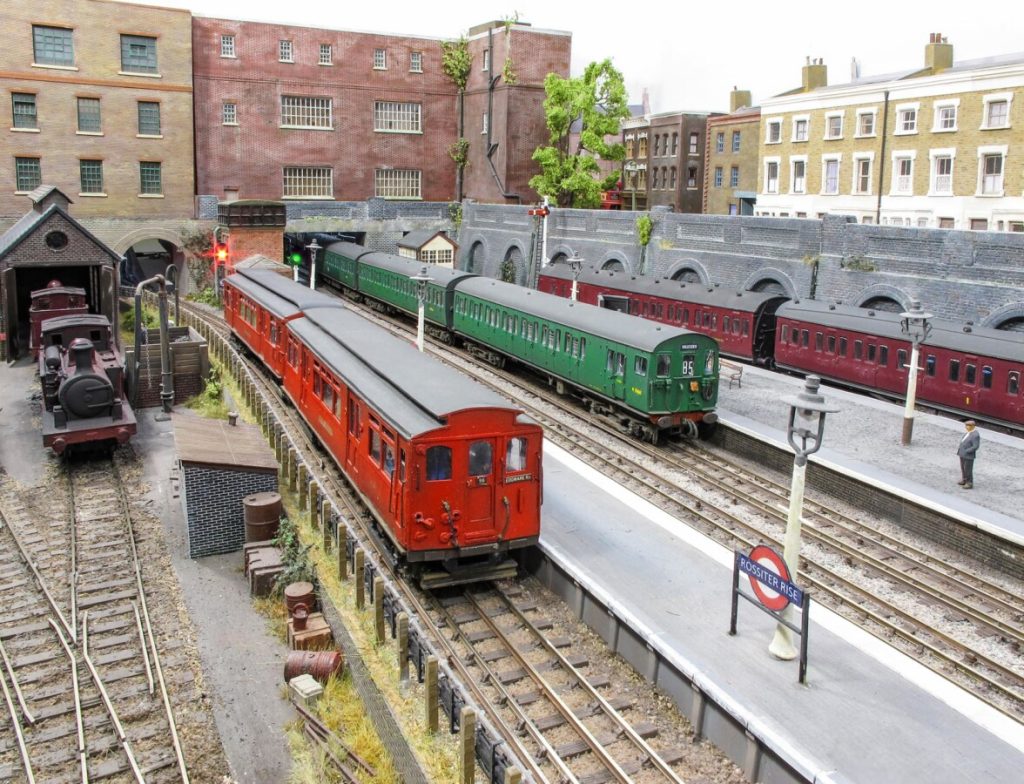
Terry Tew
Rossiter Rise portrays a fictitious through station somewhere in the suburbs of North West London in the mid-late 1950’s. It includes platforms serving LMR suburban services, LMR branch line trains and a bay platform for London Underground shuttle services. In front of the station is a small LT depot.
Many of the structures are scratch-built, whilst others are kit-built or modified propriety models. The majority of the rolling stock is not ‘R-T-R off the shelf’ but a collection of unusual and rarely modelled items, including conversions, scratch-built and 3D printed construction.
As well as the services mentioned freight and light engine workings mean that almost anything can make a surprise appearance as motive power. The layout is designed to be operated in such a way that trains are moving!!! Also, the layout is operated from the front and stock can be viewed ‘waiting in the wings’
The layout has been featured in BRM Magazine and the London Underground Railway Society Magazine.Terry Tew
Newton Heath Works (7mm/ft, 0 Gauge)
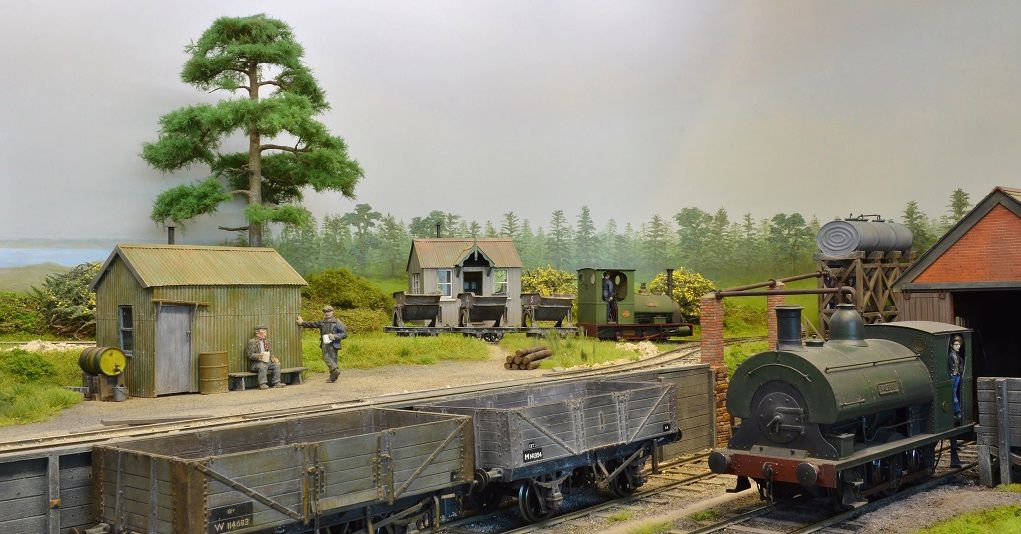
Mike Baker and Martin Finney.
This 7mm scale layout is based on the ball clay industry on The Isle of Purbeck in the county of Dorset.
One of the many clay workings in the area was at Newton Heath, close to the shores of Poole harbour, although we have taken a few liberties with its’ history! The area had various narrow gauge lines carrying clay, and exchange sidings were provided with the Ex L&SWR Swanage branch. Large quantities of clay were despatched to the Potteries and many other destinations. Road transport took over around 1969.
On our model, a narrow gauge line passes through the scene conveying loaded wagons from the mines and pits to the weathering beds and returning empty. Loaded wagons of clay from the weathering beds are also brought to the mill for processing or are tipped into standard gauge wagons for dispatch some 5 miles up the clay company’s private railway line to a connection with the Swanage branch.
Rolvenden (4mm/ft, P4 gauge)
Robin Gay
Rolvenden is a Colonel Stephens light railway. The model represents the station on the Kent and East Sussex Railway in the mid-1920s. Using plans, drawings, and photographs, I have done my best to accurately represent the site within the constraints of the space available. Outside of the station limits, I have used modeller’s licence to include some typical Kentish scenes, such as an oast house, a windmill and a hop garden.
Many of the trains run as mixed, putting off wagons and shunting the sidings on their way through. The layout and all the stock are my own work and represent around 20 years of endeavour.
Bottom Works Sidings (4mm/ft 00 gauge)
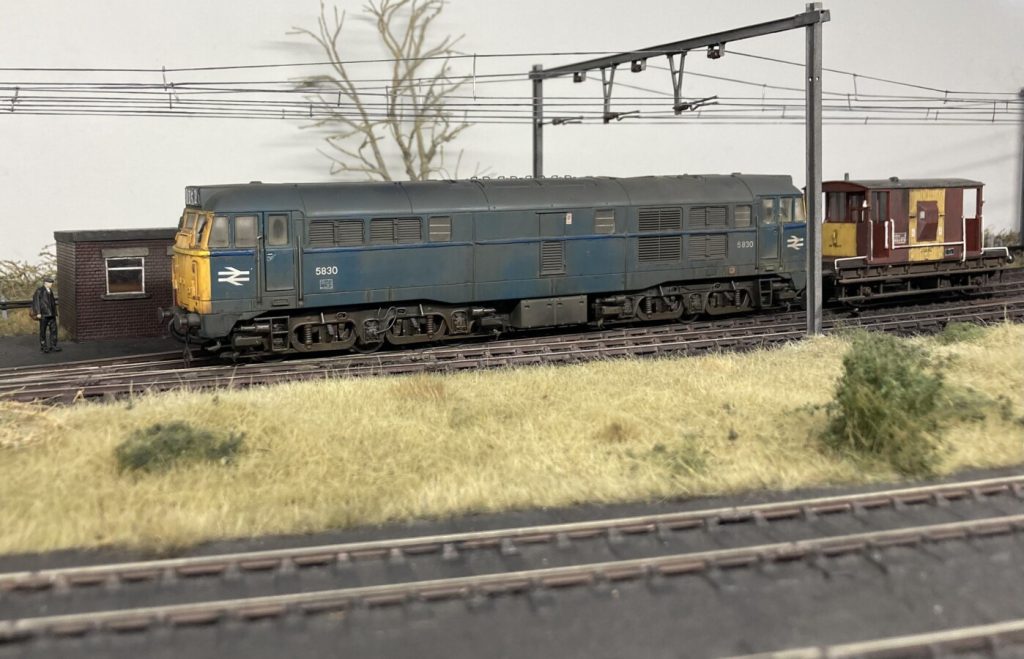
Chris Matthews
Set in the heart of the South Yorkshire coalfield, the layout assumes a steelworks was developed just to the south of Wombwell, itself South of Barnsley. This was linked to both the Great Central Doncaster to Barnsley line and the Midland Sheffield to Barnsley line by way of short freight only branches; that from the GC line being operated by the GC itself. During the late 19th century, having occupied all available land on the original site, the steelworks opened a secondary site closer to the mainline, housing its coking plant and becoming known locally as ‘Bottom Works’.
Main access to the Bottom Works was from the mainline exchange sidings. However, a small set of secondary sidings were layed along the branch line, allowing movement of traffic between the two works, and also Cortonwood Colliery which was linked to the line in the late 1920’s. The final phase of development came in the early 1950’s, when the branch was electrified as far as these sidings as part of the Manchester, Sheffield and Wath electrification project. While this may seem unlikely today, these were pioneering days for mainline electrification and numerous yards and sidings were included in this electrification scheme, creating, as the publicity stated, ‘Britain’s first electric mainline’
Wheal Elizabeth (4mm/ft, P4 gauge)
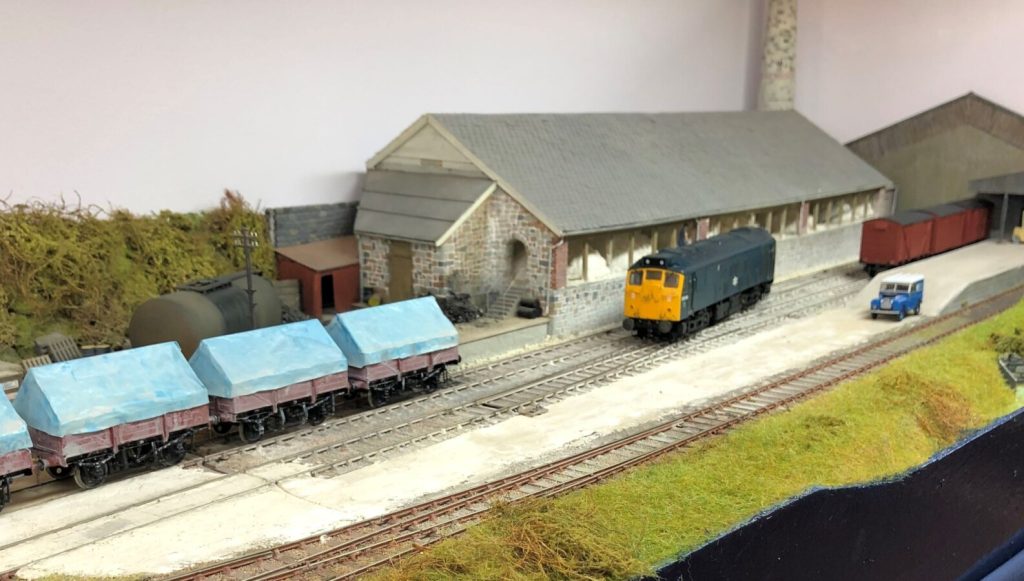
Jeremy Good
Wheal Elizabeth represents a coal-fired china clay dry and associated facilities situated at the end of a Cornish freight only branch.
The layout was inspired by the distinctive operations on a number of the china clay branches in central Cornwall where this industry remains an important part of the local economy. Although the majority of these facilities were in the area to the north of St Austell, which because of the spoil tips became known as the Cornish Alps, it also extended to the fringes of Bodmin Moor to the east.
The clay dry on the layout was inspired by the last of the coal-fired clay-driers at Carbis Wharf just off the former GWR branch to Newquay and the extensive complex at Stannon Dries situated at Wenfordbridge on the former LSWR line from Wadebridge to Wenford Bridge. The infrastructure of these lines and facilities changed relatively little from the mid-1950’s until the mid-1980’s allowing the layout to represent a variety of periods.
Chitterne (4mm/ft EM gauge)
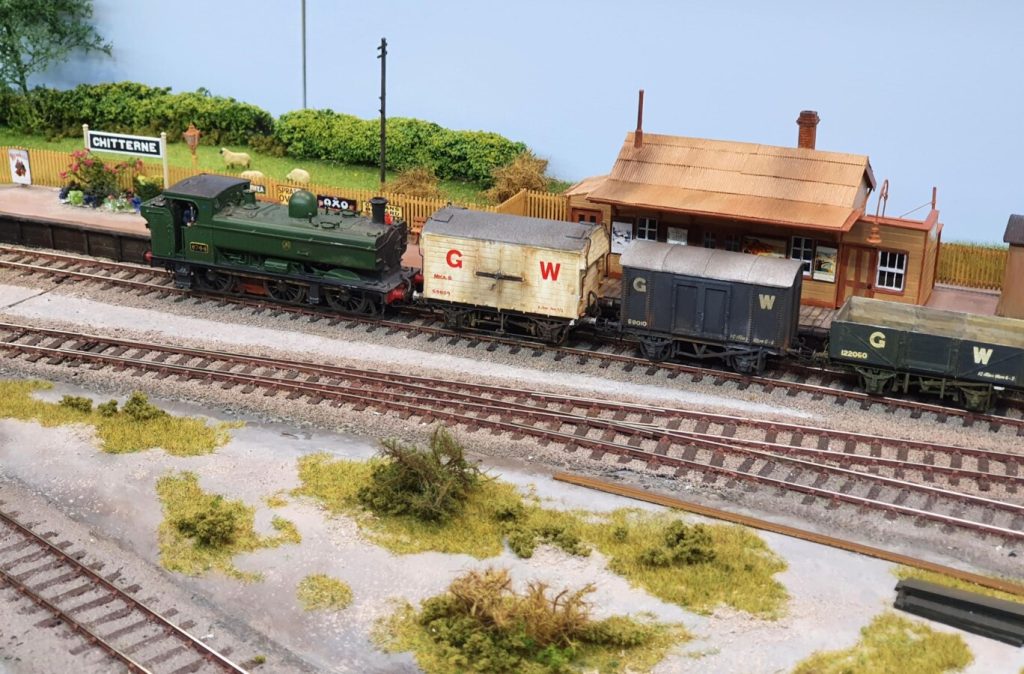
Sarum Finescale Group
The layout represents a small branch line terminus serving the village of Chitterne and a nearby military camp. The line from Codford enters at the front left of the layout where it crosses the Chitterne brook. A branch leading to the camp exits at the rear left. There is a small platform and station building at the rear of the layout and a good shed with loading dock at the front right. A small engine shed for the military line engine is on the extreme left of the layout.
Clearwater Harbor. Scale: 1:48 (0N30), Gauge: 16.5mm
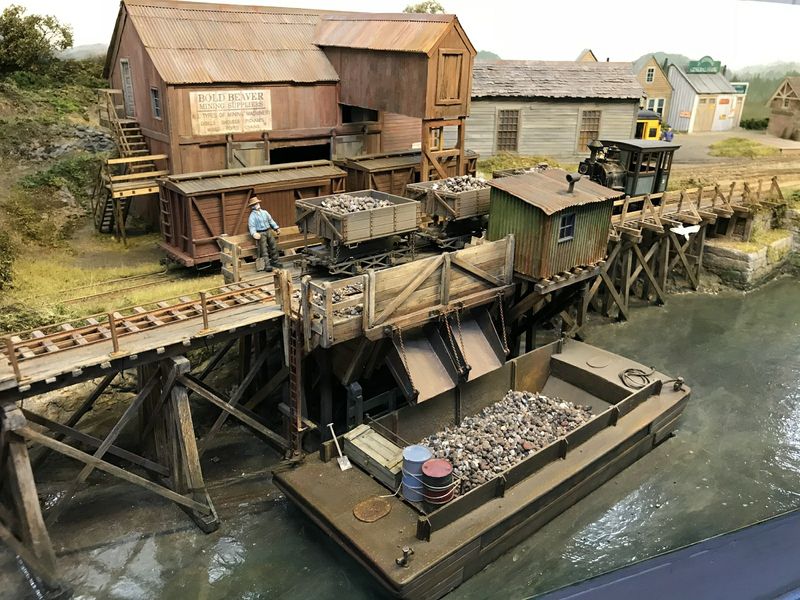
Steve Waterfield
Somewhere in N. America near the Canadian Border, the adventurous Bouvier brothers discovered silver and other ores up a long winding river. The nearest navigable location was some 20miles away and thus Clearwater Harbor came into existence -just. The town of Clearwater is
located a few miles away in more hospitable surroundings and the original tram line, now a railway, extends from the harbor to provide freight and passenger services. The ‘Bold Beaver’ rail line was named after the mines, as tribute to the daring do of the Bouvier brothers and the inability
of the workers to pronounce their French names.
South Hants MRC
One for our younger visitors. Come and drive trains pulled by Thomas, Percy, Gordon and more of their friends
